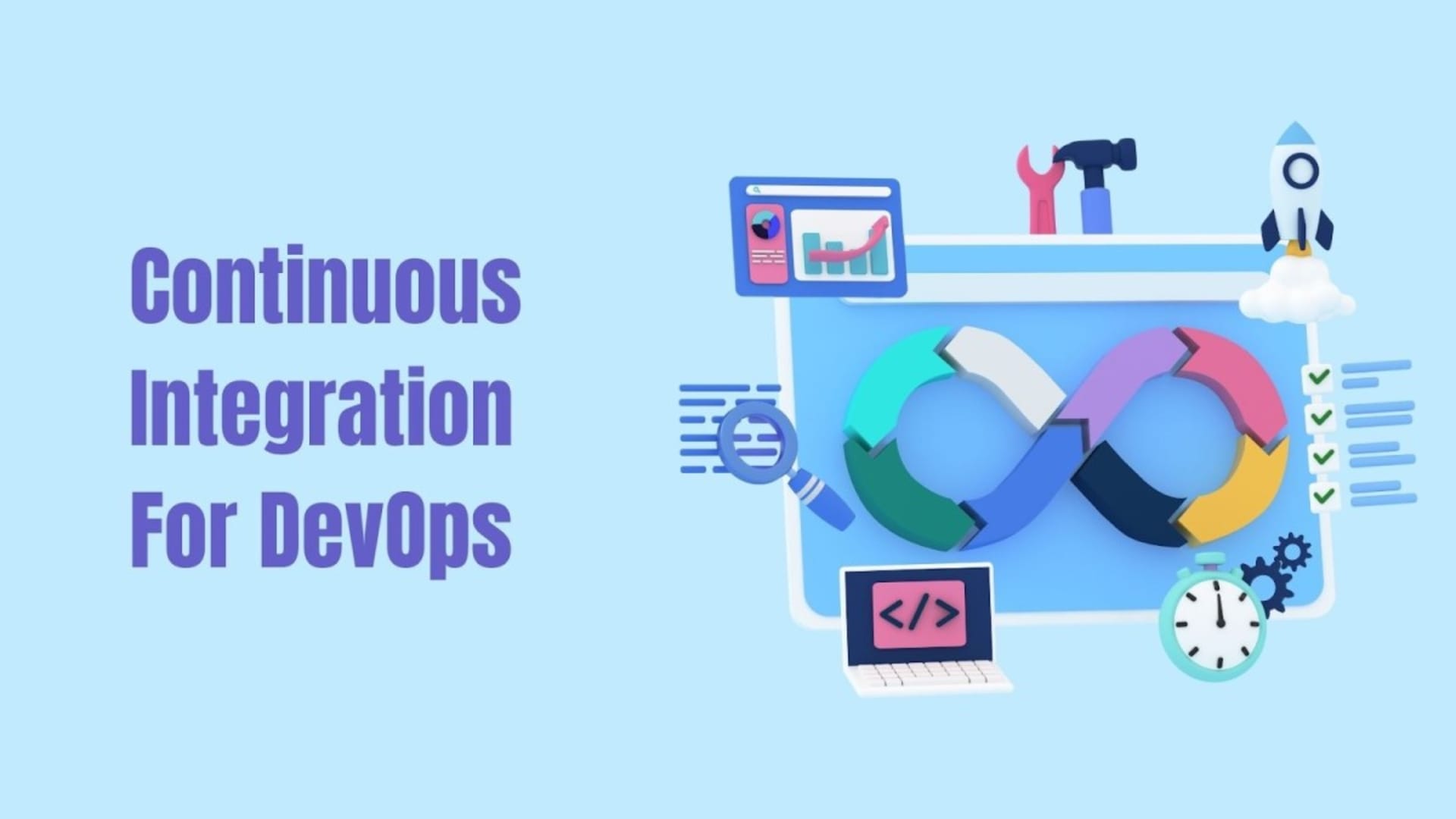Balancing cost and quality is a critical part of outsourcing IT projects. It’s especially important when it comes to software development. When companies work with third-party partners, they’re often outsourcing to reduce costs.
However, cost-cutting isn’t the only factor involved in choosing a provider—it’s not just about expenses but also receiving high-quality output. Automatically going for the cheapest outsourcing team isn’t the best approach.
Before working with any provider, companies must take proactive cost management approaches to know what prices to expect and how they’ll allocate resources and perform a risk assessment to fully prepare for the partnership.

Understanding Cost Reduction Opportunities in Software Outsourcing
Does outsourcing reduce cost? The simple answer is yes.
Cost reduction in software development outsourcing is an important concept for hiring companies to understand. It involves minimizing expense by leveraging specialized service providers who tap into the global market, thus eliminating the need for internal infrastructure investments and maintenance costs associated with hiring skilled employees in-house.
Outsourcing offers companies a variety of benefits including easy scalability, transparent pricing, and expertise sometimes otherwise unavailable. By finding the right provider and strategically outsourcing projects, companies are more efficient in accomplishing their IT goals and keeping internal employees focused on their core business processes and functions.
Labor Costs
In-house teams are typically more expensive than outsourcing providers for a few different reasons. In-house employees expect full-time salaries, company-provided benefits, and PTO, which means companies must pay and account for these extra costs. Working with an outsourced team means companies don’t worry about these areas and instead pay a flat fee, whether project-based, hourly, or otherwise.
Companies sometimes work with teams from developing countries as well, typically where the cost of living is lower, leading to lower labor costs without compromising quality. This gives the hiring company the chance to work with highly experienced experts or those with niche skill sets who come with a higher price tag in their home countries.
Operational Costs
Outsourcing also relieves companies of many operational costs that come with an in-house team, such as office space, furniture, computer hardware and software, utilities, insurance, and so on. Hiring an in-house employee isn’t a fast or inexpensive endeavor, which makes outsourcing even more attractive.
Working with an outsourced team also helps lead to more streamlined operations because outsourcing teams aren’t new to the practice. The members of these teams are highly skilled, experienced professionals with technological expertise and extensive experience working in a team. Everyone knows their roles and responsibilities.
Recruitment and Training Costs
Recruiting a new in-house employee isn’t a walk in the park. It typically takes a significant amount of time to find the perfect hire with the skills, focused expertise, and background for the role at hand. Additionally, companies must remain mindful of if the new hire is a fit for the office culture and team.
Working with an outsourcing parter means companies don’t have to worry about vetting their developers—the provider handles this. This also relieves the hiring company of any training-related costs.

Strategies for Effective Cost Management in Software Outsourcing
When ensuring an outsourcing arrangement is cost-effective without compromising quality, hiring companies must adopt best practices like performing due diligence research, selecting the right outsourcing partner, making good project estimations, and other factors.
Careful Vendor Selection
Choosing the right vendor shouldn’t be a hasty decision. Hiring companies must put in the leg work to vet their shortlist of providers to ensure they’re choosing the best company for the job. This process should include interviews with the representatives of the provider as well as the potential team.
However, sometimes companies forget other important aspects like asking for portfolio work, former client testimonials, and the possibility of speaking with former clients directly to ensure they obtain high-quality services. Other important factors to consider include available expertise, cost structures, and the overall experience level of the company.
Well-Defined Project Scope and Requirements
Hiring companies should create well-defined project scopes and requirements before searching for the right team. They should outline and explain a project in detail ahead of signing any kind of contract so the outsourced team has visibility into what they’re agreeing to.
A well-defined project scope includes the goal of the project as a whole, the functional and non-functional requirements, specific feature sets, required launch dates and timelines, key milestones, and estimated duration, along with dependencies, assumptions, and possible project risks. Everyone involved on both sides of the project should understand the entire plan.
Establishing a Transparent Pricing Model
Outsourcing providers typically offer their clients different pricing models depending on the project at hand and the client’s needs. Some examples of these models include retainer-based contracts, fixed project costs, time and materials billing, hourly billing, and flat monthly fees.
Each pricing model comes with its own pros and cons, and both parties must agree to the terms in order to set the relationship up for success. When hiring organizations come to the table with a well-defined project, the outsourcing provider typically recommend pricing models.
Regular Monitoring and Reporting
The hiring organization should stay involved in the project to track progress and costs throughout. While providers keep clients as involved as they want, they do share responsibility and so their partner stays in the loop. At the beginning of the relationship, the hiring business should outline expectations regarding outsourcing costs and project progress.
Aligning Outsourcing Decisions with Business Objectives
Outsourcing providers benefit from understanding the overall business objectives associated with the project they’re hired to complete to maximize the value of the contract. This helps align the project with the company’s strategic goals, thus allowing for better resource allocation on both sides as well as optimization of all resources.
Risk Management in Software Outsourcing
Risk management is something hiring companies must act on proactively when outsourcing. This includes intellectual property protection, security vulnerabilities, and addressing any concerns about vendor reliability.
To mitigate these risks, companies should research providers and implement tight security protocols alongside clear, concise contractual terms without any room for interpretation.
Measuring the Return on Investment (ROI) of Offshore Outsourcing
ROI of software outsourcing involves assessing financial gains and benefits of the relationship. This includes factors like general cost savings, increased operational efficiency, and product quality. Companies should establish KPIs for cost-benefit analysis specific to their own situation as well.
Scaling and Flexibility in Outsourced Projects
Outsourcing allows companies to scale team sizes up or down depending on the project and financial needs of the business. When it’s crunch time and the team needs a bit of help, the offshore outsourcing provider simply scales the team members up and vice versa for slower business times. For long-term contracts, this gives the hiring company peace of mind that they’re not paying for more than they need.
Building a Sustainable Outsourcing Strategy
Building a sustainable strategy for outsourcing requires a comprehensive approach that supports long-term and short-term growth. This involves effective provider management, strategic resource allocation, and continual improvement as the relationship grows. Outsourcing strategies should adapt to deliver value over time while changing as the market demands.

Balancing Cost Savings and Quality in Outsourcing Services
Organizations must strive balance the monetary savings of the outsourcing relationship and quality. To avoid issues, companies should employ best practices for communication and quality standards and a build strong relationship with their vendor.
Maintaining Quality Standards
Hiring companies should take the necessary steps to ensure that their outsourced product passes stringent QA testing and standards, whether they’re using an in-house QA professional or outsourcing QA. They should set and monitor quality standards and benchmarks throughout the process.
Effective Communication and Collaboration
The best outsourcing relationships have strong communication across teams and locations. Teams should set communication standards and channels as one of the first priorities after signing a contract to help make the relationship as strong as possible.
Agile Methodologies
Agile development methodologies promote flexibility and collaboration in an interactive development process. With feedback and adaptivity as the priority, Agile methodologies help teams catch bugs faster, adapt to client changes as needed, and minimize costly rework by prioritizing collaboration between stakeholders and effective communication.
Conclusion
So, does outsourcing reduce costs? Companies help themselves save money and achieve success by putting in the necessary legwork required to establish a successful outsourcing relationship with their provider. They must not only research potential providers but must also bring detailed project scopes and requirements to any meetings to set things off on the right foot.
If you enjoyed this article, be sure to check out some more outsourcing articles.
- Managing Time Zone Differences for Seamless Software Outsourcing
- Staff Augmentation vs. Outsourcing: Differences And Which to Choose
- 5 Tips for Selecting the Perfect Software Outsourcing Vendor
- Outsourcing Risks: The Looming Threat of Vendor Lock-In
Frequently Asked Questions
What are some common pitfalls to avoid when trying to reduce costs and selecting an outsourcing company?
A few of the most common pitfalls of selecting an outsourcing company include:
- Focusing on the lowest price without considering the quality of work
- Failing to thoroughly evaluate an outsourcing provider’s work, capabilities, and cultural fit
- Rushing the decision-making process
- Not defining a clear project scope, requirements, benchmarks, and so on
- Failing to create clear contractual terms to protect intellectual property and confidentiality
- Not making communication the top priority
- Not implementing an Agile working environment
How can I ensure quality when outsourcing software development projects?
Companies ensure quality when outsourcing by:
- Conducting thorough due diligence research and interviewing before hiring any software development company
- Creating clear and detailed project requirements ahead of hiring any outsourcing firm, including specifications and quality standards
- Making communication the top priority
- Implementing stringent quality assurance testing
Is software outsourcing always more cost-effective than in-house development?
Software outsourcing is often more cost-effective than in-house development, but it depends on a variety of factors like required tech expertise, project complexity and timelines, resources available, and more. Outsourcing helps many companies save money, but ultimately companies must weigh the pros and cons of each option to determine whether hiring in-house or outsourcing makes the most sense monetarily.







